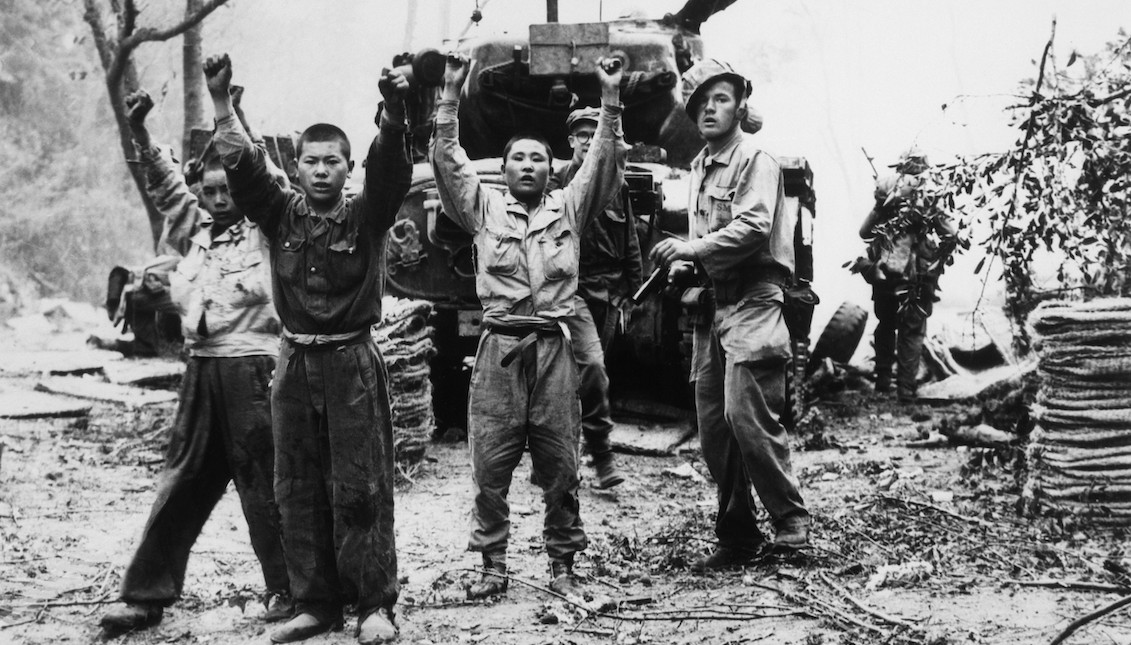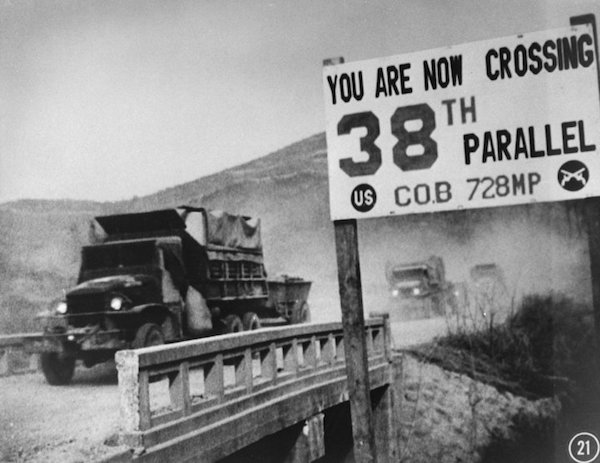
North Korea and the United States: a history of nuclear meltdown
Threats, nuclear missiles, and diplomatic tensions have filled the headlines of recent years with the name "North Korea" or "Kim Jong-un", but what is the…
Hostility and temperamental competition is not something new between North Korea and the United States, despite the fact that tension between the two nations has escalated in recent months due to ongoing ballistic missile tests carried out by the Kim Jong-un regime and retaliation sanctions imposed by the Trump administration.
But the conflict is much more complicated.
Since 1945, after World War II, Korean territory has been a source of international disputes, especially when the Japanese occupation of the territory was terminated, and Soviet and US troops divided the territory north and south, respectively.
With the debut of the Cold War, both the Soviet Union and the United States were responsible for the division of territory and the establishment of two antagonistic nations.
Thus, North Korea established a staunch Communist party protected and advised by the Soviet government, who would put the military trained by the Red Army, Kim Il-sung, in power.
For its part, the United States initiated a series of economic sanctions against the new Democratic People's Republic of Korea, under the Trade with the Enemy Act (in force until 2008), attempting to counter the force of communism in East Asia, which had debuted with the triumph of the communist revolution in China on October 1, 1949.
During the following years, a series of negotiations were initiated to allow the reunification of the territory, but the constant violations of the agreements across the border and the incursions of both sides through the 38th parallel (the dividing line established by the United States and the Soviet Union), ended up decanting in the declaration of independence of South Korea in 1950, and the detonation of the Korean War.

It was then that the general in command of the American army, Douglas MacArthur, proposed the atomic bombing of the north of China, putting on the table the first nuclear threat between both nations. President Harry S. Truman, with Congressional support, acknowledged the danger of a nuclear conflict between the United States and the Soviet Union and decided to dismiss MacArthur.
In view of the Soviet Union's insistence on not intervening in the conflict, it was agreed that the two systems should live on the peninsula, which led to the beginning of the negotiations in July 1953, shortly after Stalin's death.
That was when the Armistice of Panmunjong was signed, and a new border was agreed.

In 1960, North Korea experienced an industrial resurgence and major economic development, which would facilitate arms development and consolidate it as a nation with which it was difficult to negotiate.
Since then, North Korea and the United States have not had an official diplomatic relationship, despite several attempts by the international community.
In the mid-1980s, and in the face of the United Nations' fear of a nuclear conflict, North Korea finally entered the International Nuclear Non-Proliferation Treaty, which prohibited the country from producing nuclear weapons.
RELATED CONTENT
But in 1986, the regime of Kim Jong-il (Il-sung's eldest son) authorized operations of the nuclear reactor at Yongbyon, despite joining the United Nations.
In 1993, the International Nuclear Energy Agency accused North Korea of violating the treaty and demanded that inspectors be allowed inside North Korean nuclear waste repositories. Before the indictment, Jong-il threatened to withdraw from the treaty.
That same year, North Korea tests for the first time a medium-range ballistic missile in the sea of Japan, but finally, in the month of October an agreement is reached for the freezing of the Pyongyang nuclear program, being allowed the return to the heavy fuel oil and the maintenance of only two light-water nuclear reactors.
Since then, the tension inherited from the Cold War remained in force between the north and south of the peninsula, until December of 2002 when North Korea announces the reactivation of its nuclear facilities in Yongbyon and expels the inspectors of the United Nations, also withdrawing from international agreements and launching its massive nuclear program.
Despite the efforts of the so-called Six-Party Talks (which included the United States, the two Koreas, Japan, China and Russia) - where attempts were made to normalize political relations with Pyongyang by negotiating the restoration of fuel aid to the territory, the lifting of sanctions and the reincorporation of North Korea to international organizations - the weak peace did not last long enough.
The North Korean regime arrested two US journalists on March 17, 2009, whom they condemned to forced labor for two years, and although negotiations continued, North Korea's launch of a satellite alerted the US government, who suspended food supplies to the country for fear of developing new ballistic programs.
The collapse of the South Korean military ship Cheonan by the South Korean regime, and the start of the succession of Kim Jong-un marked the beginning of a new regime, much more aggressive and since 2012 has increased its ballistics tests and has engaged in an aggressive exchange of threats with the United States.
Between sanctions by the United Nations, attempts at negotiations and more ballistic evidence, from 2015 North Korea irremovably pushed its nuclear program with national propaganda and announced the first tests of its hydrogen bomb.
International stability hangs on a very thin thread for the first time since 1945, and despite China joining UN sanctions, Kim Jong-un's regime promises not to give in, especially to the first US president who doesn’t seem willing to fall back into negotiations.










LEAVE A COMMENT: